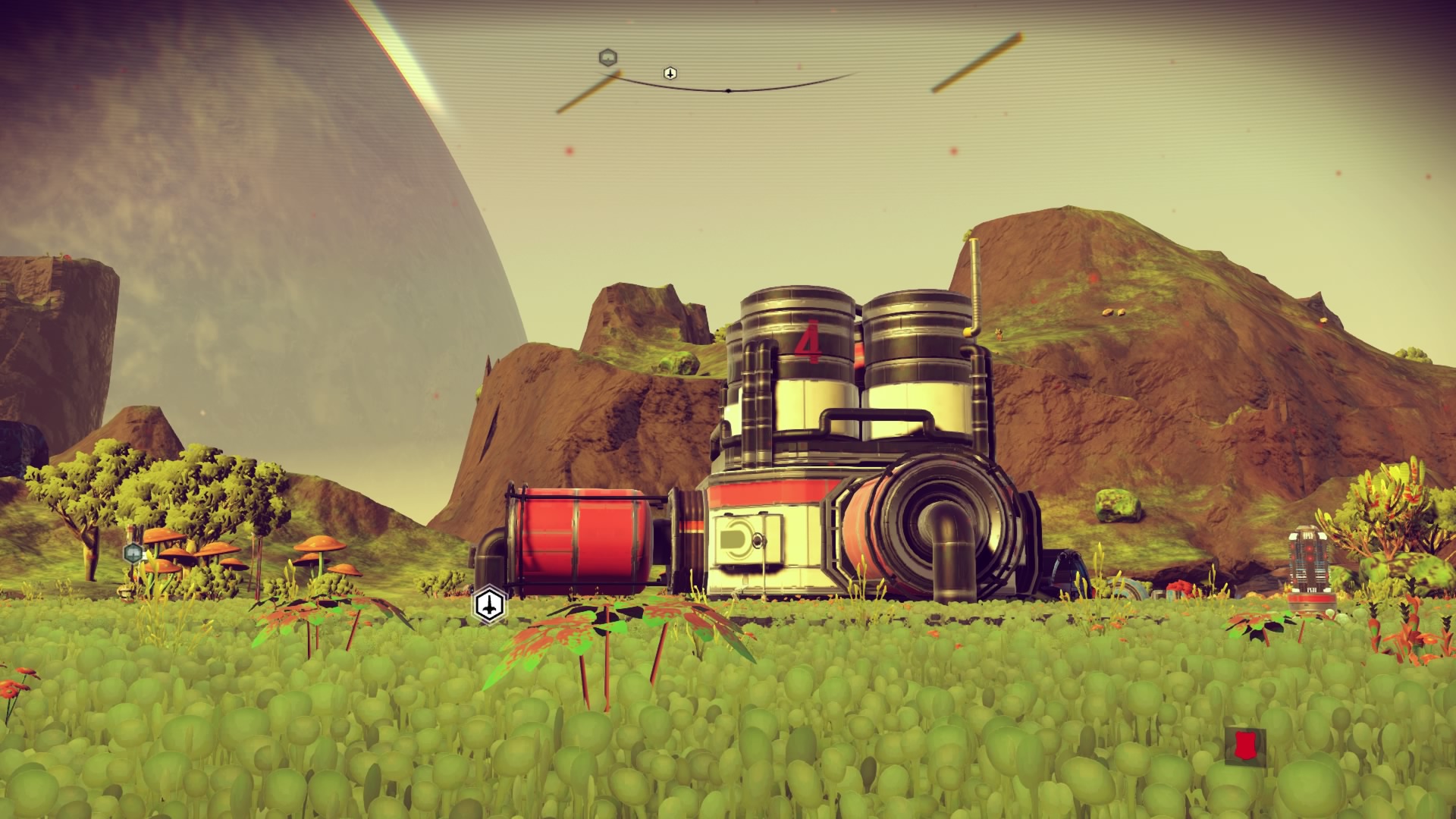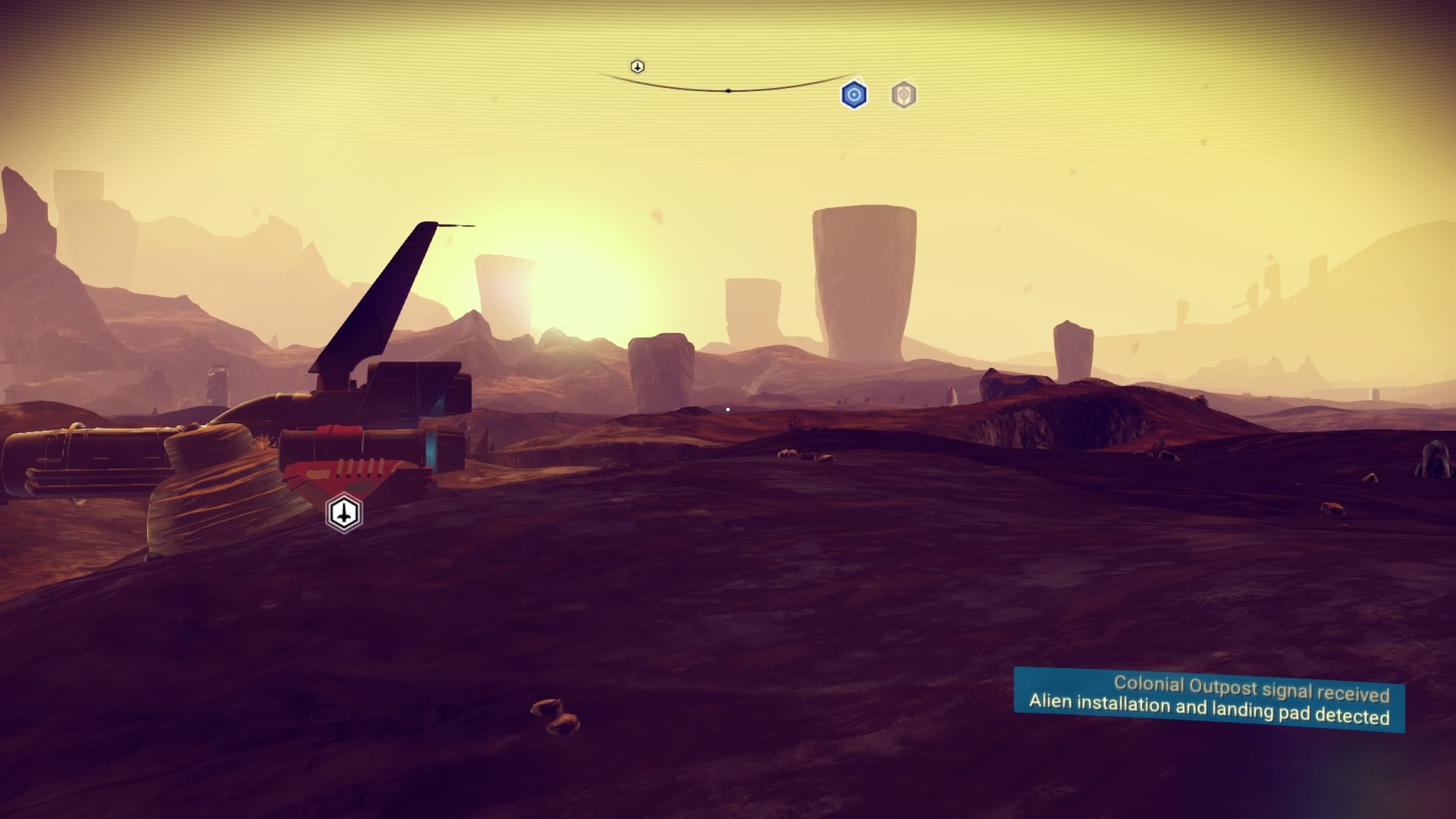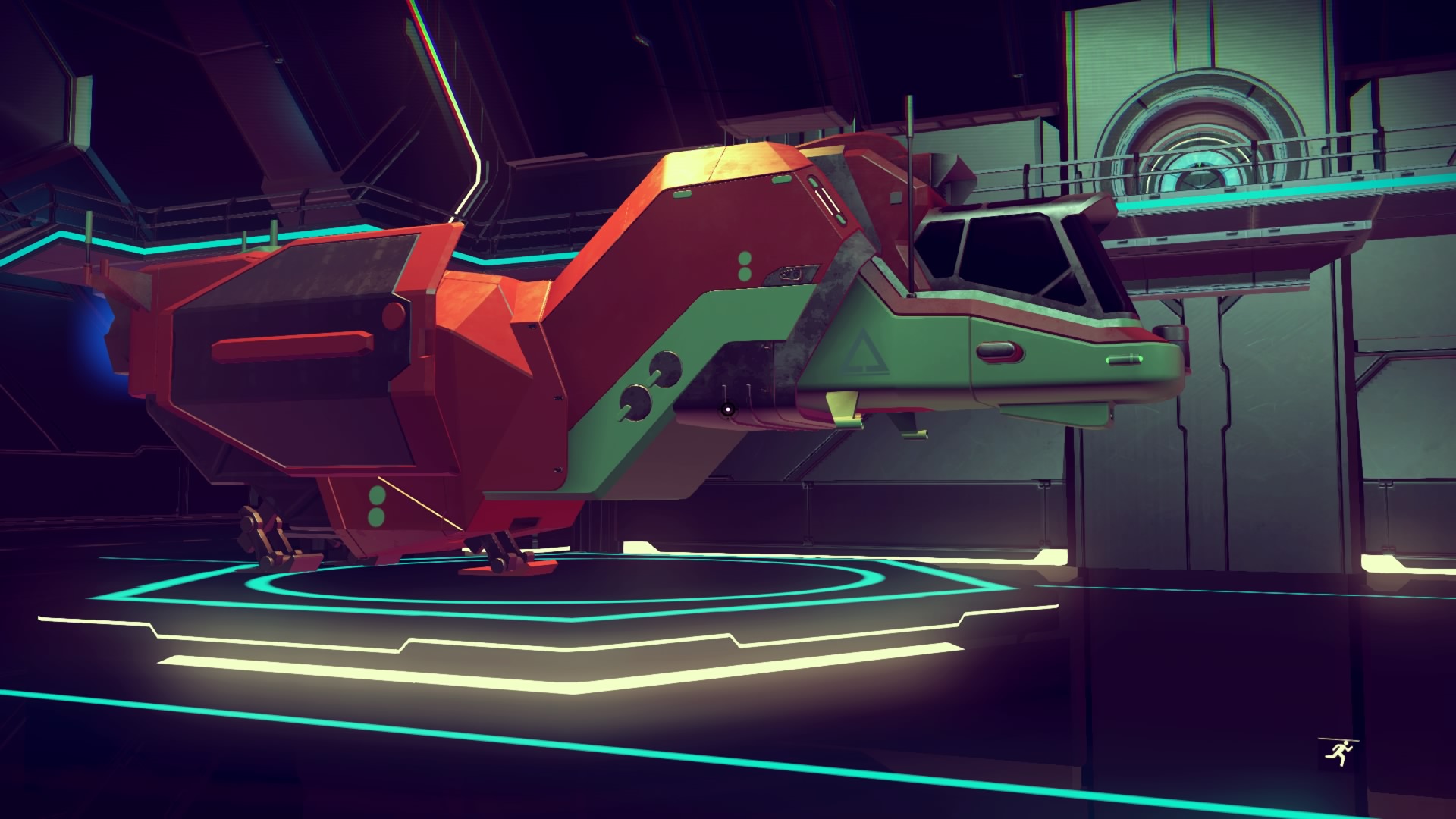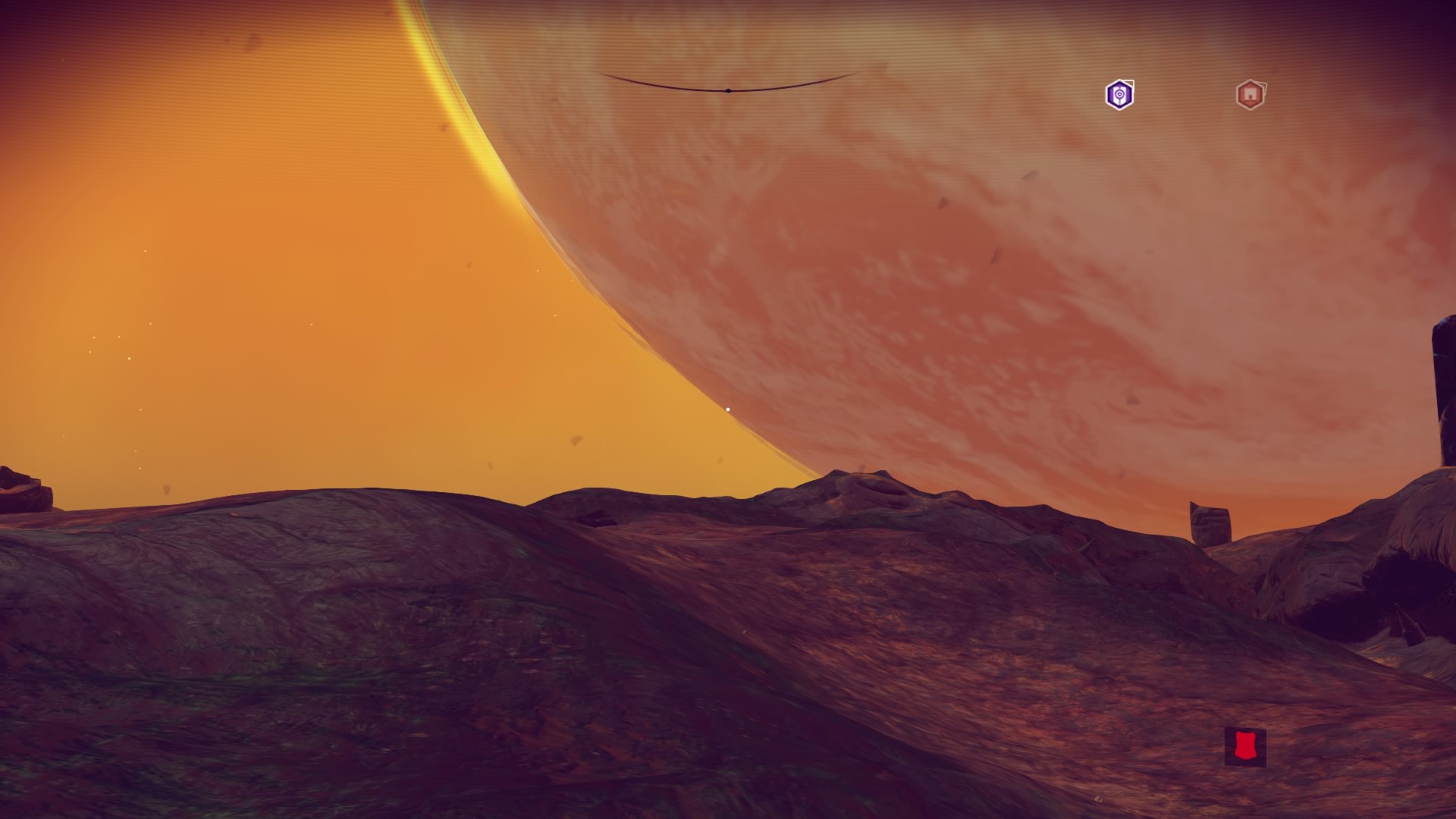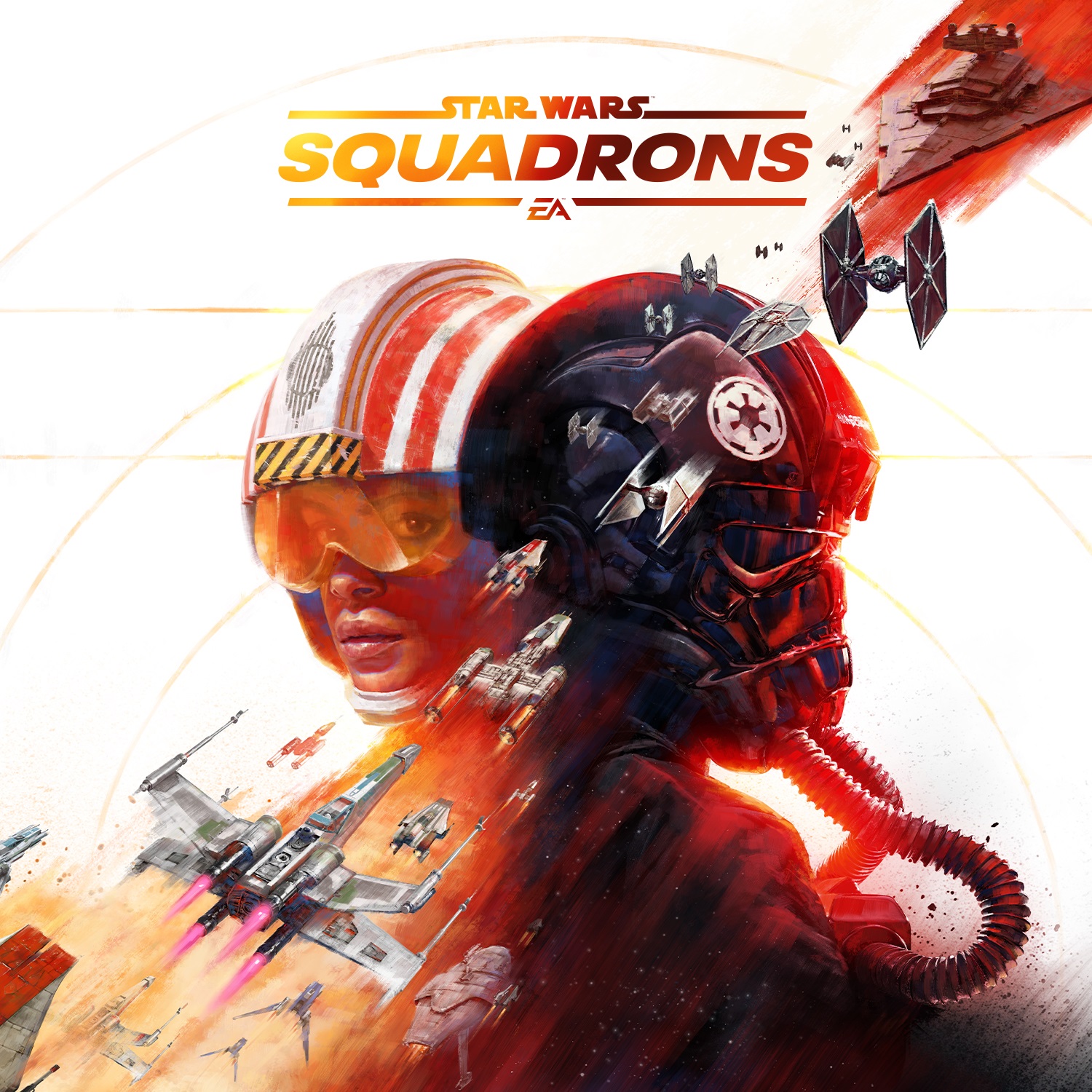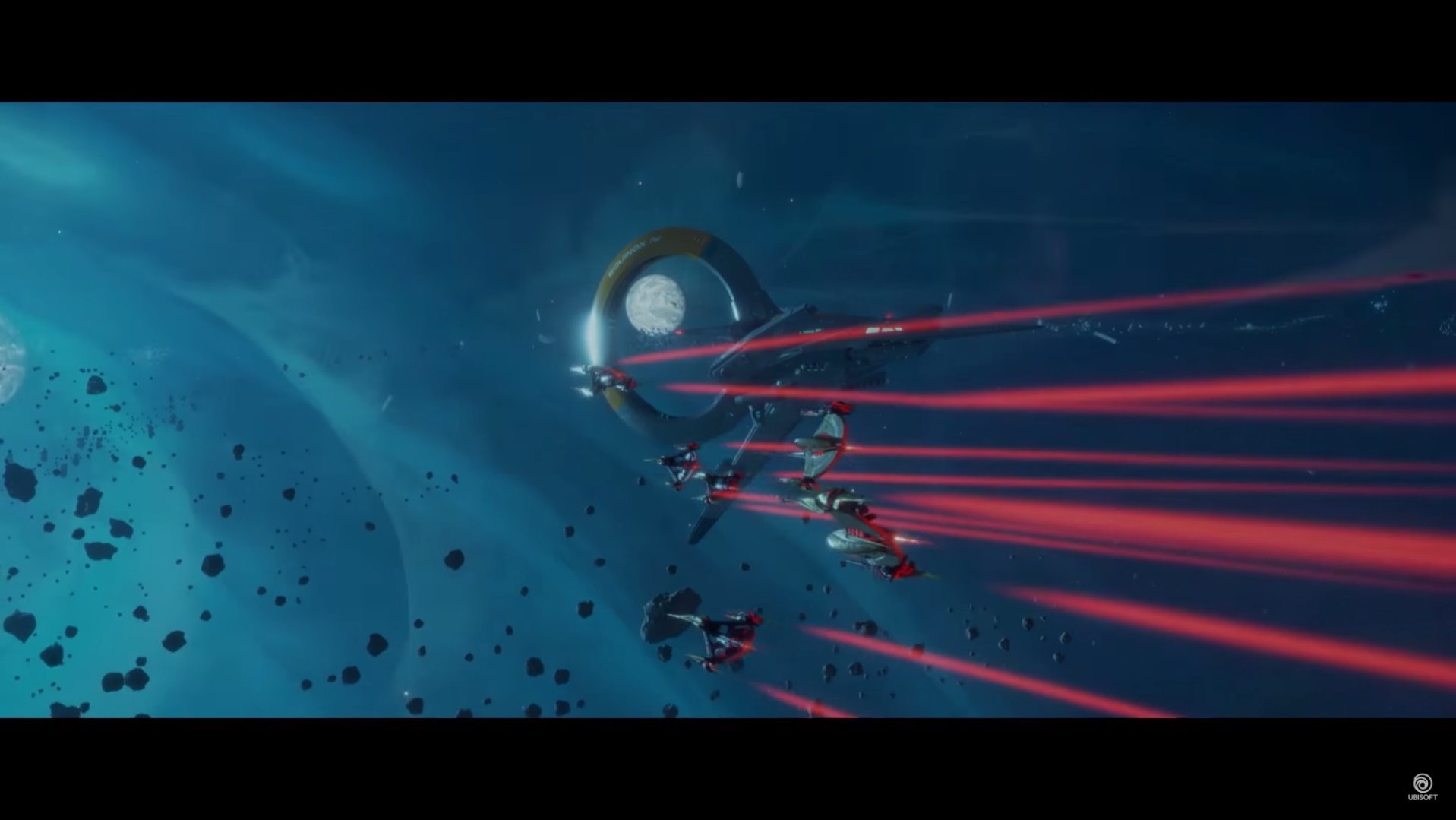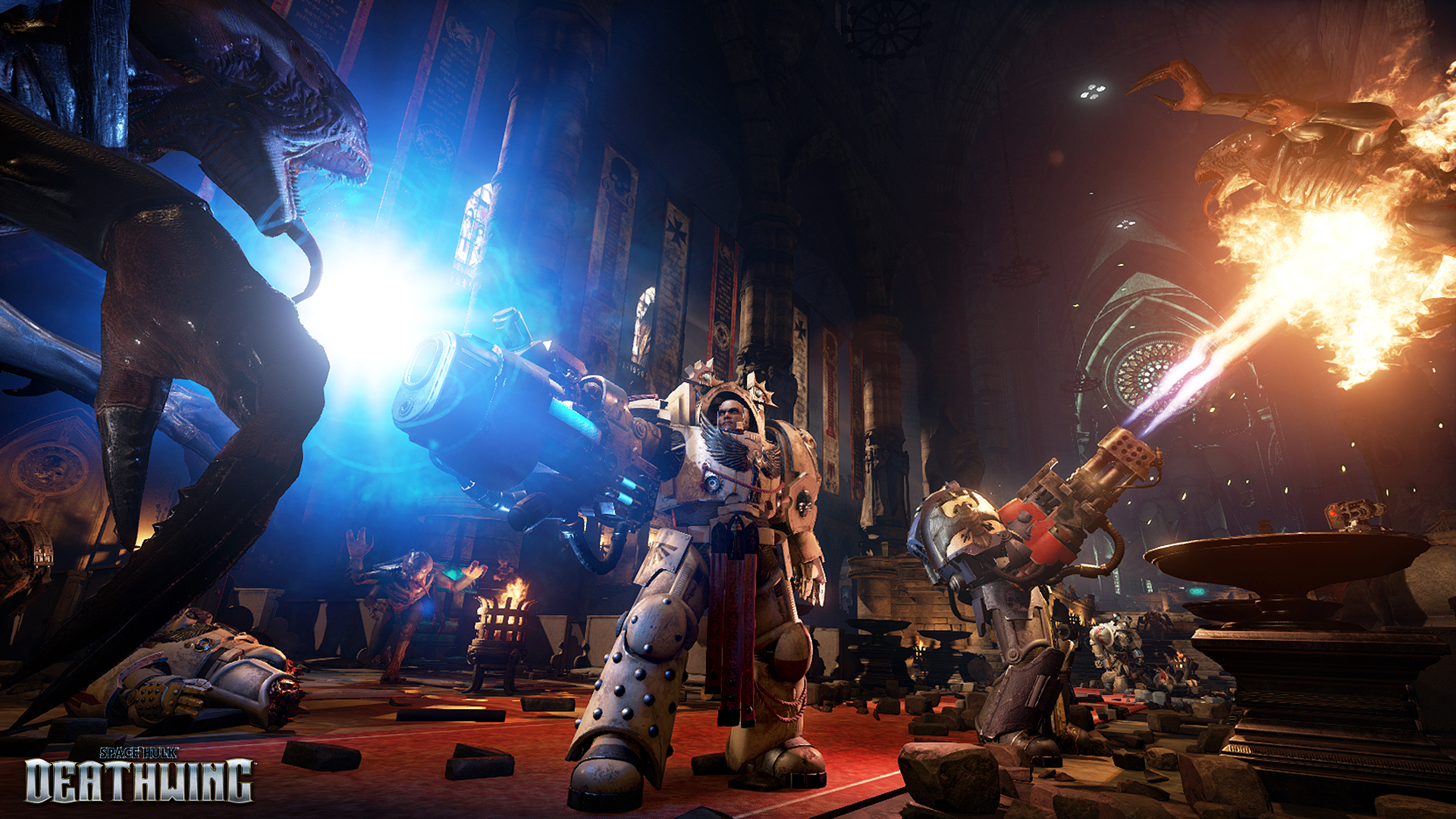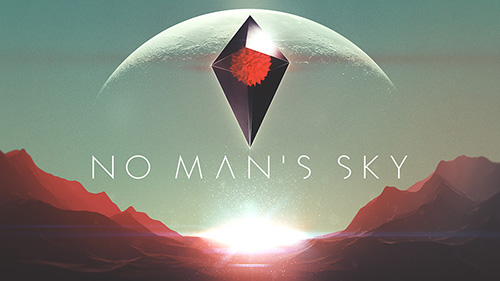
This is what I want. It may not be what you want, but No Man’s Sky is what I want. Ever since I was a kid, raised on a steady diet of space science fiction from Star Wars to Battle of the Planets to The Last Starfighter and everything in between, the fantasy of being able to take a space ship into the stars and just explore has been part of me. Without real hardware to go and do it with, video games have always had to be the next best thing.
For the longest time, that best thing was David Braben and Chris Sawyer’s 1993 classic, Frontier: Elite II, the sequel to their 1984 hit Elite. The game threw the player into a 1:1 scale galaxy and told them, effectively, to do whatever they wanted. It’s an obvious inspiration to No Man’s Sky, right down to the classic dodecahedron-shaped space stations that are an Elite trademark.
“But”, I hear you say, “there’s already a solid successor to Frontier out there! It’s called Elite Dangerous and you should totally go and play it right now!”. Well yes, Elite Dangerous exists and is pretty great, but, well, if I’m honest, it falls quite short of being a successor to Frontier. Maybe when Frontier Developments gets around to finishing it (and they have promised, over the next several years, to deliver a modern take on Braben’s classic) it will be, but right now Elite Dangerous is just a little too unsatisfying to keep me interested.
From the beginning, No Man’s Sky offers more than Elite Dangerous. You can get out of your space ship and explore any one of the trillions of planets on offer in the game. There’s lots of settlements to explore and even NPCs to interact with (something completely lacking in ED) and that’s before you fly off into space. The planets themselves are vast and often have deep cave systems that can, in themselves, take hours to explore.
Lifting off from the surface of a planet reveals a vast and surprisingly colourful planetary system around a central star. Rather than building an accurate model of, say, the Milky Way and then fitting that into the rules of the game (as in ED); No Man’s Sky developer Hello Games has instead chosen to set the rules of a universe and then build within them. This means that planets always have rocky, solid surfaces (no gas giants) and are always close enough to each other that they appear quite large in the sky of their neighbours. This is a cool way of telling the player that the universe of No Man’s Sky is not our universe, allowing the game to get away with things that might be immersion-breaking in a more realistic setting, such as the constant-thrust-is-constant-velocity flying physics.
This simplification makes No Man’s Sky much more accessible than it otherwise might be, as players aren’t required to learn complex orbital flight mechanics or anything like that. A ship will launch and fly wherever you point it, and the controls are not unlike those of driving a car. Weirdly, the game doesn’t default to inverted stick controls for flight, but that’s easily changed in the options, and doing so makes for much more natural feeling flying.
While the Elite games have always focused on trading, exploration and combat, No Man’s Sky adds a fourth pillar: survival. I can’t help but feel this is pandering a little to the Minecraft generation, but the mechanics are simple enough that they never get in the way of doing all the other stuff. Finding resources (using a device called a multi-tool that serves as weapon, mining tool and data collector) is easy enough, and keeping various bits and pieces charged with energy (which slowly depletes as things get used) is an important part of the game.
There’s also equipment that can be constructed from resources, which generally results in upgrades or improvements to gear. The process does reveal No Man’s Sky’s biggest weakness, which is the severely restricted inventory space. Because inventory slots need to be used both for resources and items as well as equipment and upgrades, trying to hold on to everything that’s needed to survive quickly becomes something of a nightmare. The fact that you have two separate inventories (the one on your exosuit and the one on your ship) and can transfer between them fairly easily does help, but it’s not enough to really solve the problem. It would be nice if, at the least, every collectible non-resource item stacked in a single slot, rather than taking a slot for each individual one you have.
Despite these problems, No Man’s Sky still manages to be compelling and wonderful to play. Each planet is a new adventure, and while the cycle of finding outposts, collecting resources and scanning the local flora and fauna may seem like it could get repetitive, it never actually does. Each world is totally unique, and there’s always a sense of “What’s that over there?” when you start exploring.
This is helped along by the game’s gorgeous visuals. Every screenshot looks like it could have been painted by Roger Dean, and they’re only ever a spaced-out-1970s-typeface away from appearing on the cover of a prog-rock album. The decision not to make a realistic looking universe has paid off brilliantly for No Man’s Sky, so there’s never a moment where all you can see is a vast, mostly empty, starfield.
Music, too, is gorgeous. The soundtrack is provided by post-rock group 65daysofstatic and their sound fits perfectly with the game, emphasising the loneliness and wonder of being an explorer in space. From the quiet ambient tracks that often play while exploring to the more tense music that kicks in when fighting off enemy ships, the music is completely integral to the experience of No Man’s Sky.
With all the comparisons to the Elite series, it’s fair to assume that No Man’s Sky is, like those games, completely without a story. This turns out not to be the case. The story is entirely optional, and given out in intriguing little portions here and there, but it does exist, and there’s even multiple paths to take through it. Finding out the next detail about this universe (as well as discovering new words in each of the game’s three languages) is part of the fun, and soon becomes very useful as a tool for solving problems of the various NPCs in the game.
Even with its story, No Man’s Sky is still very much asking players to put in what they want to get out of it. The fantasy of what you’re doing in the game is the main driver for continuing to play it. If that fantasy doesn’t appeal to you, or you just can’t put yourself in to the game the way it demands, then you’ll most likely find No Man’s Sky to be a letdown. You’ll either be hooked completely, or left cold by its promise.
As someone who’s put hundreds of hours into the Elite series, No Man’s Sky was always going to sink its hooks into me. It isn’t perfect by any means, and the PS4 version I played has to be the most crash-prone game I’ve encountered on the system. These technical issues, and the problems with inventory, haven’t been remotely enough to stop me from loving this beautiful, wonderful space fantasy. The game speaks to me in a way that few other games ever have, and I know I’m going to get many more hours out of it.
Beautiful, vast universe to explore
Simplified spaceflight physics to make flying easy and fun
Amazing music
Inventory system is very limited
Technical issues cause the game to crash a lot

